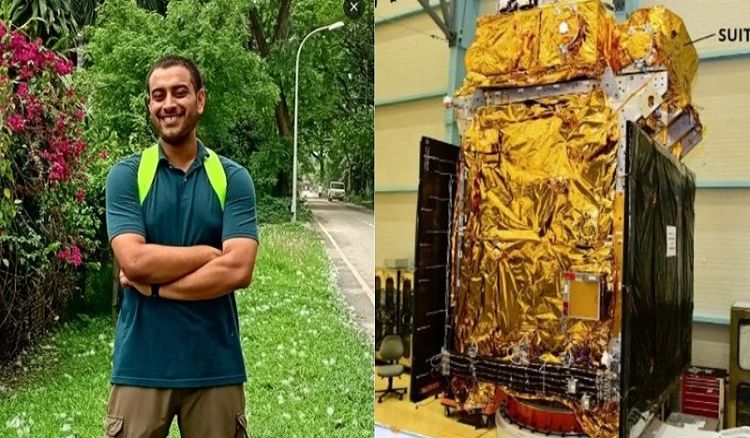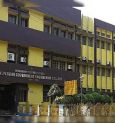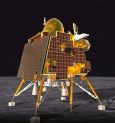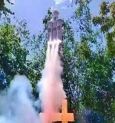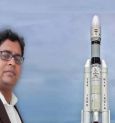After landing on the moon, ISRO's target is Mission Sun. ISRO has announced the date for the mission. 'Aditya L-1' was launched for the Sun mission on September 2. Aditya-L1 will be India’s first space-based Indian mission to study the sun, which is the most important source of life on earth. If this mission is successful, ISRO will be able to get closer to the sun and observe it from different perspectives.
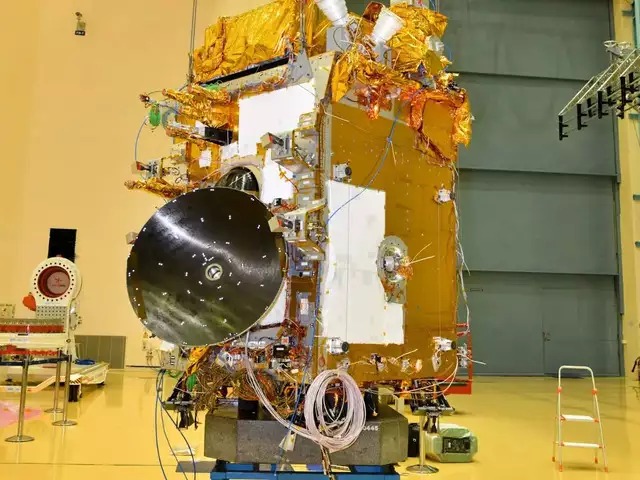
The good news is that the name 'North Bengal' is associated with this sun mission. Janmejoy Sarkar, a resident of Deshbandhupara in Siliguri, is playing an important role in the Aditya L-1 campaign. The telescope that ISRO is sending on this mission to observe the ultraviolet rays of the sun was constructed by him.
During Jonmejoy's childhood, he was a member of Siliguri's astronomy club, 'Swan', from which his interest grew in astronomy. He photographed a solar eclipse for the first time in India with the 'H-Alpha' telescope. He finished his school and college studies in Siliguri and then took admission at Tezpur University as a postgraduate in physics. Currently, he is studying the made-in-India Solar Ultraviolet Imaging Telescope, or SUIT payload, being developed by the Inter-University of Astronomy and Astrophysics in Pune.
Janmajoy then got an opportunity to work as a senior research fellow at EUCA (Inter University Centre for Astronomy and Astrophysics, Pune). The telescope he was in charge of constructing in 2019 will monitor the behaviour of the sun's ultraviolet rays. ISRO has taken the help of various organisations and educational institutions in this Sun Mission of ISRO. One of them is EUCA. This institute, one of the world's largest in space science, was responsible for building the Solar Ultraviolet Imaging Telescope (SUIT) of the Aditya L-1 Sun Mission.
The SUIT, developed by the Inter-University Centre for Astronomy and Astrophysics (IUCAA), has been delivered to the Indian Space Research Organisation (ISRO). This is expected to provide the most crucial information to understand the problems of coronal heating, coronal mass ejection, pre-flare and flare activities and their characteristics, the dynamics of space weather, and the propagation of particles and fields, among others.
Research scholar Jonmejoy Sarkar told a media agency, "Aditya-L1 is a scientific mission to observe the sun, and its speciality is that it will spin at a point called Lagrange point 1 (L1) between the earth and the sun. The point is not actually in the middle but rather very close to the earth as compared to the sun, which is 150 million km from the earth, and the Lagrange point is 1.5 million km away. That is four times the distance of the moon from Earth. Aditya-L1 is going to the Lagrange point, from where it can observe the sun all the time. If it’s a satellite, then it will go around the earth; in such a case, it will face the sun once and, at one point, be completely obscured. But when we place it between the sun and earth and make it spin at the point (L1), it will continuously see the sun. Its movement will be like a planet and not a satellite, and it will mainly be observing the sun’s activity."
Siliguri's Janmejoy has been involved in the development of this telescope from the very beginning. Aditya L-1 will cover about five times more distance than Chandrayaan. At the end of the 40-day journey, ISRO scientists have to place the spacecraft in a virtual vacuum.
If this mission is successful, India will go one step further in space research. After the successful landing of Chandrayaan-3 on the moon, every Indian is hoping for Aditya L-1 to be successful.
 বাংলায় পড়ুন
বাংলায় পড়ুন


